The Cause Of Your Back Pain Is Often From One Of These Conditions
The most frequent problems related to low back pain are strains/sprains, disc herniations and spinal stenosis. Low back pain is a frequent complaint as we age. The lower part of the back is the most common location for back pain. Being at the center of gravity, most of the bending we do is from the lower part of the back and this places stress on the structures; muscles ligaments, joints and discs, which can produce pain. The cause of your back pain is most likely to be problems from damage to these structures arise from sudden accidents or lifting, or from things like genetics, poor posture and prolonged sitting.
An important part of getting relief for back pain is discovering the cause of the problem, which often involves the lumbar spine. The cause may need to be found with the help of a medical professional who can do testing and imaging studies. Finding treatment for the cause of your back pain as quickly as possible may help prevent it from worsening and causing more problems down the road.
The Cause Of Your Back Pain – Back Strains & Sprains

This is the most common reason for back pain and may be the easiest to get relief.
What Is A Back Strain Or Sprain? A strain is damage to a back muscle and/or the tendon. The muscles contract and allow for producing motion, while the tendon is where the muscle attaches to the bones in the back. Ligaments are involved in sprains and this is how the bones connect to each other. In general, injuries to these structures are usually mild, however, more severe injuries to muscles, tendons and ligaments may require surgery.
Back Strain/Sprain Symptoms: Altered posture from pain, usually bent to the side or forward, restricted movement, and back muscle spasms. Pain can travel into the hip area, but usually not the leg.
What You Can Do For Back Strains And Sprains: Unlike years ago, it is suggested to maintain your daily activities and stay active as much as possible. You may have to rest some and avoid postures and those activities that makes it worse like twisting and lifting. Since a strain or pulled muscle involves some tearing of the tissues, it takes a few days or perhaps weeks to heal. Using ice immediately after injury can help reduce swelling.
In a couple or few days, heat to the back can help relax any muscle spasms and promote healing. Over the counter pain killers like Tylenol can help with the pain and pain killers like Motrin, Ibuprofen and Advil can help reduce pain and swelling. Just because they are over the counter does not mean they are completely safe, so care should be taken to avoid overuse or using them if you have liver or kidney problems as well as stomach or cardiovascular problems. If these methods do not improve the back pain or it just gets worse, it may be more serious and you need to see a doctor.
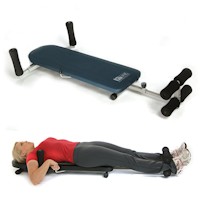 Traction & Inversion Traction & Inversion |
 Supports & Cushions Supports & Cushions |
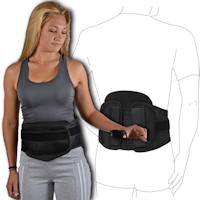 Belts & Corsets Belts & Corsets |
Disc Problems

What Are Back Disc Problems: The lower back or lumbar spine has 5 bones that have cushions between the called discs. As a result of aging and degeneration, the water like center part of the disc dries out, while the outer part becomes thin. This can cause there to be less room for the nerves which leave the back and go to the hip and leg, or they can bulge outward.
If a disc bulges out enough, it can cause inflammation and place pressure on a nerve, this is called a herniated disc. years ago, a disc herniation was commonly referred to as a slipped disc, but the disc does not actually slip, it herniates or pushes outwards. Small tears in the disc can also cause pain and inflammation without herniating. Pain from the disc is called discogenic pain and can be local or, in the case of many disc herniations, produce radiating pain.
Symptoms Of Back Disc Herniation: Low back pain which travels or radiates into the hip area, possibly to the leg and even into the foot. This is sometimes called sciatica. There can be pain, numbness and tingling. The pain is usually worse when sitting, sneezing or straining.
What You Can Do For A Herniated Disc In The Lower Back: Use of over the counter pain killers may help in relief of the back and leg pain. Avoid sitting straight as this places strain on the disc. Lie down or recline. Avoid constipation and use stool softeners or laxatives if necessary, since straining stresses the disc. This can be a problem with some prescription pain killers that often cause constipation. Ice and heat can help as described above. Spinal traction decompression may help reduce pressure on the nerve and a good, supportive back brace can help initially with any daily activities.
If the pain is not improving, gets worse or continues for weeks, seeing a doctor may be necessary. Many times an MRI imaging test will be done, since a disc cannot be seen on standard x-rays. Prescription medications are often used to relieve pain and reduce inflammation, and lumbar spine injections with steroids may be recommended.
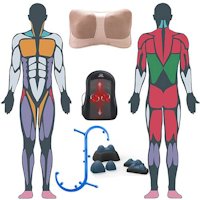 Massage Tools Massage Tools |
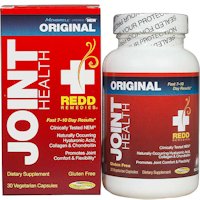 Relief Supplements Relief Supplements |
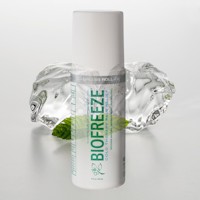 Topical Relievers Topical Relievers |
Spinal Stenosis Of The Lower Back

While stenosis just means narrowing, spinal stenosis usually refers to narrowing of the spinal canal. The spinal canal is formed by the bones in the back which form a tube for the spinal cord and the nerves that come directly off the cord. Spinal stenosis describes a general condition that may be caused from small bones, discs that bulge into the spinal canal and results of degeneration or arthritis that can cause ligaments to grow thick or outgrowths of bone that may form spurs. All this can put pressure on the nerves and the spinal cord.
Symptoms Of Spinal Stenosis: Back pain that is worse when walking, standing up straight or bending backward. Pain may be in the back or may radiate into the hips and legs. The pain is often relieved or made better when leaning forward or perhaps sitting.
What You Can Do For Spinal Stenosis: Over the counter pain killers may help along with physical therapy for the back pain, while steroid injections may help alleviate the leg pain. Spinal stenosis is perhaps the most complex of the 3 most common reasons for back pain and the pain it produces is probably not going to resolve by itself. Prescription medications are frequently used and, in some cases, surgery is needed to decompress or make more room for the nerves and spinal cord to get to the cause of your back pain.
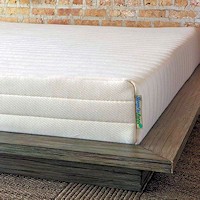 New Mattresses New Mattresses |
 Heat Therapy Heat Therapy |
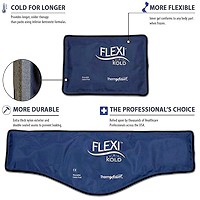 Cold Therapy Cold Therapy |
Other causes may be related to the joints in the back called facet syndrome, a psoas muscle problem can cause pain that may radiate to the hip or groin. Another condition related to pain in the back, hip and groin is called thoracolumbar junction syndrome or Maigne’s Syndrome.
A 2019 report in BMC Musculoskelet Disorders indicates, “Back pain is a common and potentially disabling condition that can lead to reductions in quality of life, time off work and long-term disability.”
Prevention is the key to avoiding future problems. Staying active, watching your weight, immediate attention to problems that arise are all important factors. Although most cases are not serious and will resolve in a reasonable time, maintaining good ergonomics and learning about safe lifting will help.
A 2021 study in the Journal of Clinical Neuroscience found increased body mass index (BMI) was associated with disc degeneration, vertebral end-plate changes and paraspinal muscle quality. More severe fatty infiltration in the paraspinal muscles was seen at upper lumbar levels of the obese patients. Patients with higher BMI and suffering from low back pain, had more fatty infiltration in the paraspinal muscles at the upper lumbar levels, more severe degeneration, and Modic changes at the lower lumbar levels; particularly women.
A 2021 study in Spine Journal indicates back pain patients did not place as much importance on diagnostic tests, medications and surgery as physicians assume. Physicians understand that patients want improvement in both pain and function, but they underestimate the importance of an explanation for the pain.
